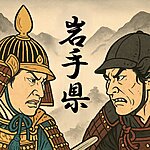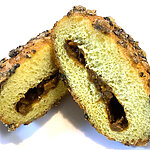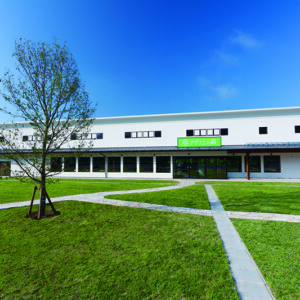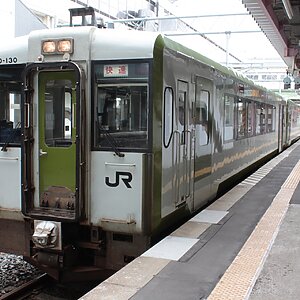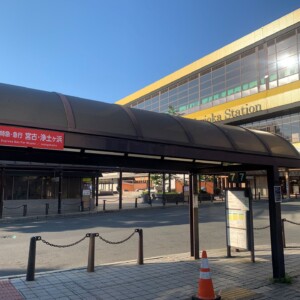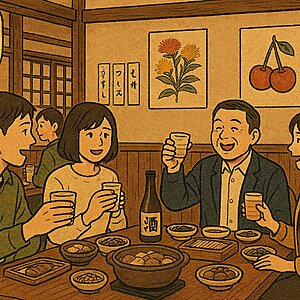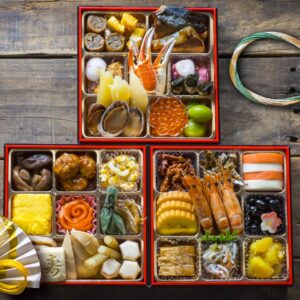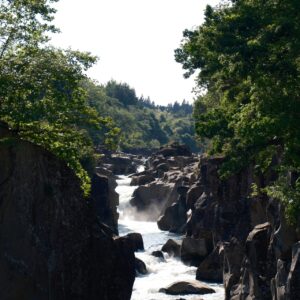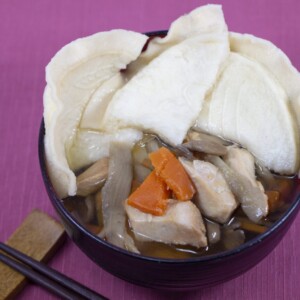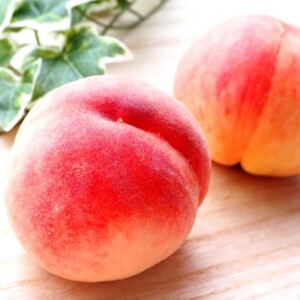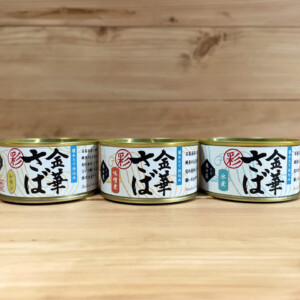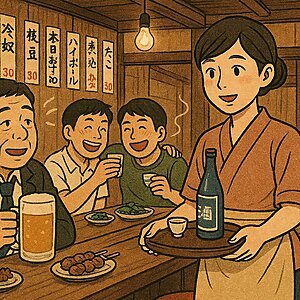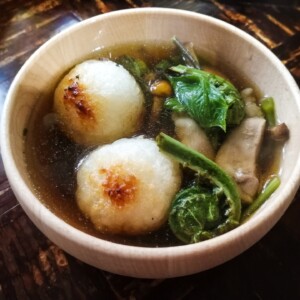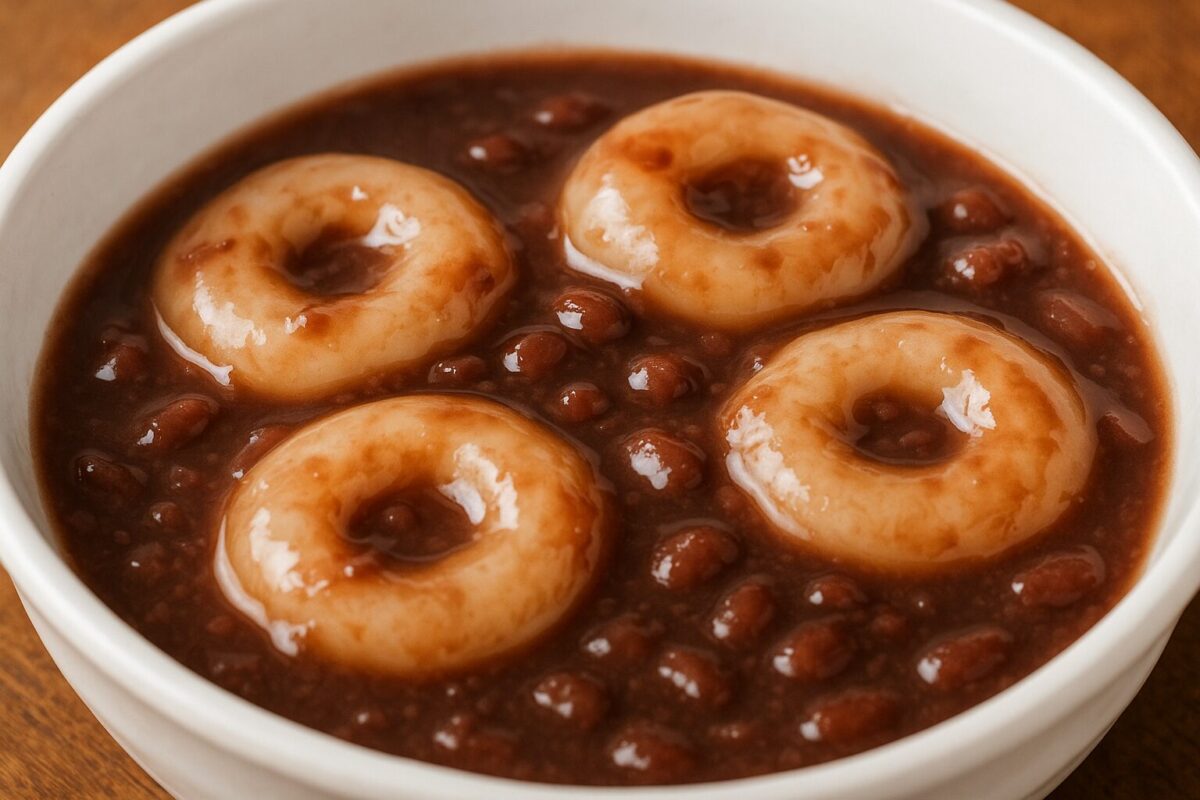
へっちょこだんごとは?名前の意味から作り方まで詳しく解説【岩手県二戸市】
農業が機械化されていなかった時代、1年間の農作業が終わる瞬間というのは農家の方々にとって、ようやく一息つけるうれしい時間だったのではないでしょうか。
この記事ではそんな時間を彩る岩手県二戸市の伝統的な振舞い料理、へっちょこだんごについて詳しく解説します。
へっちょこだんごとは?
へっちょこだんごとは、岩手県二戸市で農家の外仕事が終わり山仕事へと移る際に行われる庭仕舞いの時に作られる行事食の1つで、たかきび粉、もちあわ粉、いなきび粉をそれぞれ丸めて中央をへこませ、煮立った小豆汁に入れて完成です。
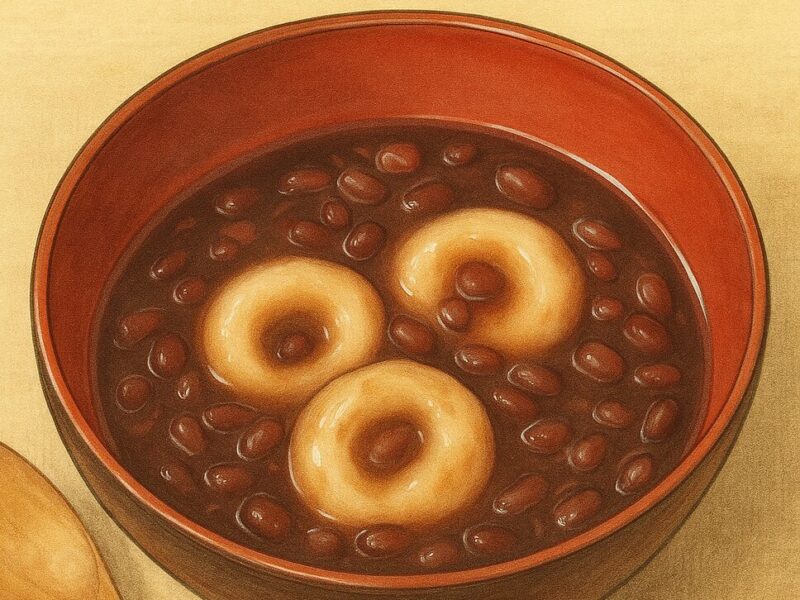
へっちょこだんごという名前の由来は、真ん中をへこませただんごの形がへっちょこ(おへそ)に似ていることと、1年間農作業でへっちょ(苦労)したことをねぎらうことからきているとされます。
またお汁粉をすすることから「すすりだんご」、煮るとお汁粉の中で浮き上がることから「うきうきだんご」とも呼ばれます。
庭仕舞いでは田んぼでとれた新しいもち米で秋もちをつき、日本酒や肴と一緒に神様へと供えて収穫と家族が健康で1年間働けたことを感謝しました。
農家の主婦は家族全員の労をねぎらうために材料を奮発してごちそう作りに励みますが、その時に作る料理の1つがへっちょこだんごだったのです。
現在ではもてなし料理として作られたり、二戸市内の学校給食のメニューに取り上げられたりしてその味が引き継がれています。
リンク:農林水産省「うちの郷土料理」 – へっちょこだんご/うきうきだんご
へっちょこだんごにはなぜ上新粉や白玉粉を使わない?
へっちょこだんごはたかきび粉、もちあわ粉、いなきび粉を材料として使用しますが、なぜだんごの材料としてよく使われる上新粉や白玉粉を使用しないのでしょうか。

二戸市はもともとやませの被害が激しく、お米を節約するため次のような雑穀をよく食べる文化がありました。
- ひえ
- あわ
- そば
- きび
- アマランサス
- 小麦
- たかきび
これらの雑穀は粒のまま炊いたり、粉にして使ったり、餅にしたりと創意工夫の上でさまざまな料理へと姿を変えますが、その1つがへっちょこだんごというわけです。
二戸市ではお米が豊富には収穫できないため、へっちょこだんごを作る際もうるち米から作る上新粉や、もち米を使う白玉粉を材料にすることはできませんでしたが、代わりにへっちょこだんごを始めとした雑穀を用いる豊かな食文化が生まれたと言えるでしょう。
へっちょこだんごの作り方
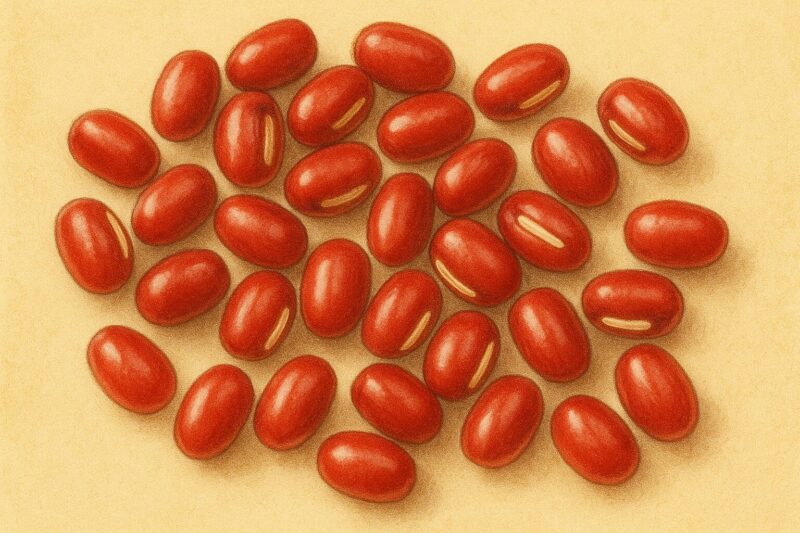
伝統的なへっちょこだんごの作り方をご紹介します。
材料(1人分)
<だんご>
- たかきび粉(30g)
- たかきび粉用熱湯(大さじ1)
- もちあわ粉(15g)
- もちあわ粉用熱湯(小さじ1)
- いなきび粉(15g)
- いなきび粉用熱湯(小さじ1)
- 塩(少々)
<小豆汁>
- 小豆(30g)
- 水(130ml)
- 砂糖(大さじ1)
- 塩(少々)
作り方
- 小豆を一晩水につける
- つけた小豆を煮る
- 煮えた小豆をこしてこしあんにし、砂糖と塩を加えて小豆汁を作る(好みで粒あんにしてもよい)
- たかきび粉に塩をひとつまみ入れて熱湯を加えて混ぜ、耳たぶくらいのやわらかさになるまでこねる
- 2センチくらいの球状に丸め、真ん中を人差し指で押しておへそのようなくぼみを作る
- もちあわ粉といなきび粉も同様の手順でくぼみのついただんごにする
- 小豆汁を火にかけて煮立たせた後だんごを入れ、だんごが浮き上がってきたら完成
小豆汁を作る時はゆるめにすることを心がけるのと、砂糖を控えめにすることで雑穀の持つ本来の味を引き出すのがコツです。
まとめ
へっちょこだんごとは岩手県二戸市で農家の外仕事が終わり山仕事へと移る際に行われる庭仕舞いの時に作られる行事食の1つで、1年間無事に農作業ができたことを神様に感謝する庭仕舞いの際に振る舞われる料理だとわかりました。
二戸市に伝わる豊かな雑穀の食文化に触れたい人は、ぜひ一度食べてみてください。


